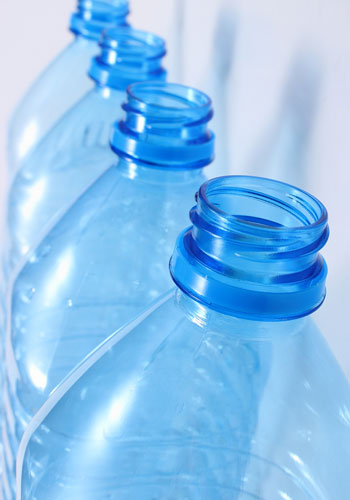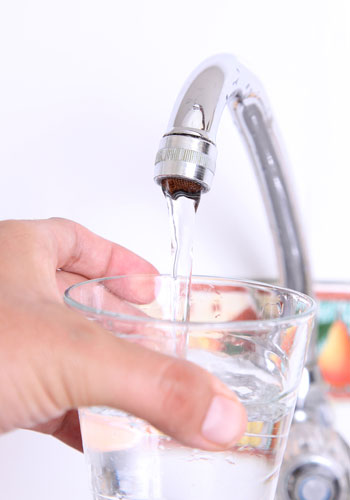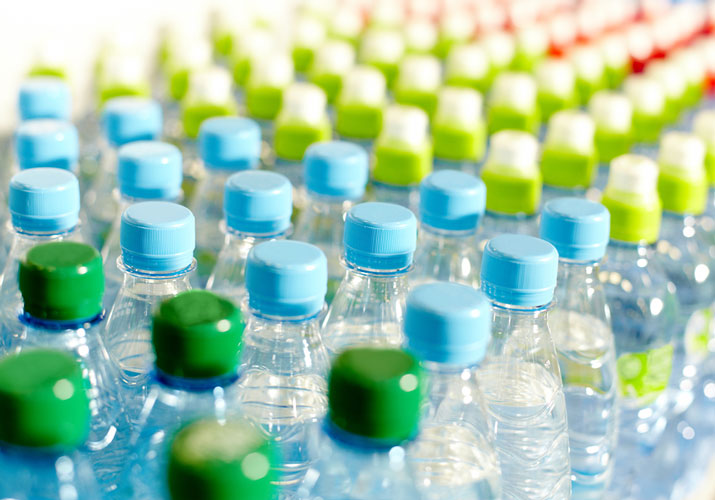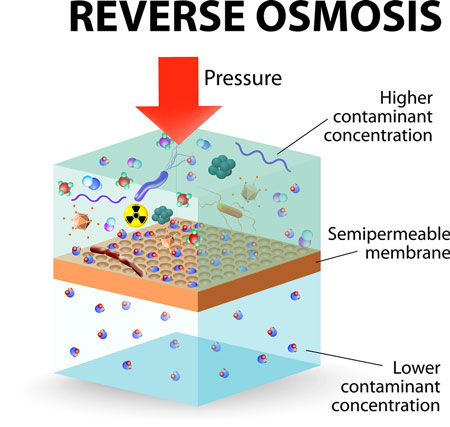About Drinking Water
Is Bottled Water Safer Than Tap Water?
The Truth About Bottled Water
The perception that all bottled water is far superior to municipal tap water comes primarily from really good marketing by bottling companies.
Tap Water Facts
Tap water is regulated by the U.S. Environmental Protection Agency (EPA)
Compliance testing results are publicly reported once a year in Consumer Confidence Report (CCR) for each municipality
About 90 contaminants in tap water are monitored, including:
Microorganisms (bacteria, viruses, protozoa and microscopic parasites)
Disinfectants and disinfection byproducts (e.g. chlorine and chloride)
Inorganic chemicals (e.g. arsenic, asbestos, and heavy metals)
Organic chemicals (e.g. benzene)
Radionuclides (naturally occurring radioactive isotopes)
Source: https://www.epa.gov/ccl

Bottled Water Facts
The Food and Drug Administration (FDA) regulates bottled water as a food
Nutrients required on labels for bottled water include only calories, total fat, sodium, total carbs, and protein (which should all be zero in water)
There is no expiration date required for bottled water – FDA considers the shelf life “indefinite”
Water bottlers have the option of adding fluoride and/or “antimicrobials” to their water without labeling them
There is no requirement to publicly disclose the source, purification methods, or contaminant test results for bottled water
Endocrine Disruptors in Bottled Water
Phthalates such as BPA (bisphenol A) are classified as endocrine-disrupting chemicals (EDC’s) and have been shown to affect the functions of hormones in the body, even when consumed in very tiny concentrations, as in drinking water. The risk for pregnant women and children is especially high because growth and development are highly sensitive to endocrine regulation.
Phthalates can leach from plastic bottles into bottled water over time, particularly when storage temperatures increase. The EPA limits the amount of phthalates in municipal drinking water, but they are unregulated in bottled water – the industry is said to have successfully lobbied against an FDA proposal to set limits.
An estimated 25-30% of bottled water comes straight from the tap, yet it costs 2000% more.
The top three bottled water brands – Dasani and Aquafina (both owned by Pepsi-Cola) and Nestle Pure Life – are all labeled as “purified water” from public sources (i.e. tap water), and undergo reverse osmosis filtration and other undisclosed water purification steps.
Reverse Osmosis is not the solution.
Reverse osmosis (RO) uses a permeable membrane filter technology that is widely believed to be the “gold standard” for water purification, short of distilling it. Unfortunately, reverse osmosis isn’t selective – it also strips the water of essential minerals, leading to concerns about mineral deficiency when RO water is consumed over a period of time. Two of the most important minerals are magnesium, which has implications for heart health, and calcium, important for bone health. By stripping these naturally alkaline minerals from the water, reverse osmosis also makes the water acidic, which can cause significant health issues.
The bottom line – don’t waste your money on bottled water – transform ordinary tap water with electrolysis. Learn more!
Research
Commercially Bottled Water
Centers for Disease Control and Prevention
http://www.cdc.gov/healthywater/drinking/bottled/
Is Your Drinking Water Acidic? A Comparison of the Varied pH of Popular Bottled Waters.
K.F. Wright, Journal of Dental Hygiene
https://www.ncbi.nlm.nih.gov/pubmed/26338903
Aquafina Labels to Show Source: Tap Water
7/27/2007, CBSNews.com
http://www.cbsnews.com/news/aquafina-labels-to-show-source-tap-water/
Public Water Systems FAQ
Centers for Disease Control and Prevention


